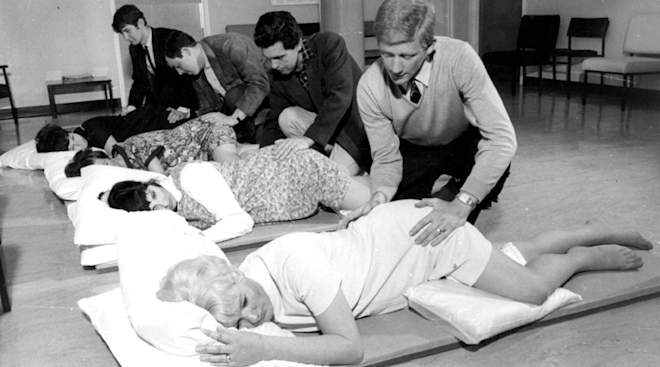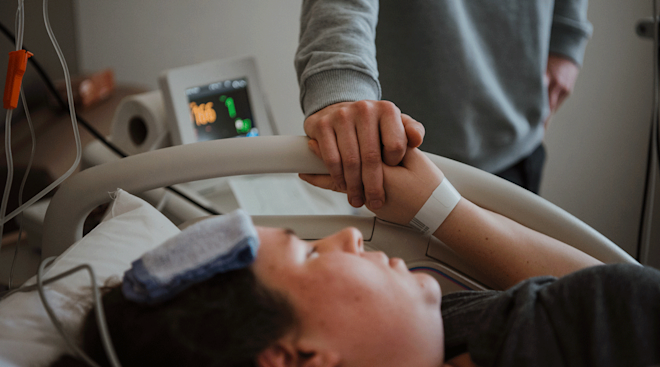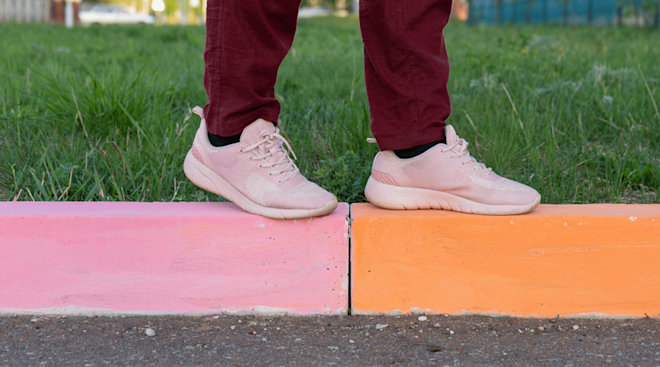This Balloon Exercise Shows Exactly How Contractions Work
We’re going to assume that if you’re reading this, you probably have at least a basic idea of how childbirth works. But when it comes to delivery, how familiar are you, really, with the different stages of labor? Pop quiz: Can you differentiate between effacement and dilation?
If not, be prepared to learn. And be prepared to never look at balloons in the same way again.
In a video intended for her niece, who is becoming a childbirth instructor, midwife Liz Chalmers shared a demo she learned at a workshop. This ingenious balloon/ping pong ball exercise comes from Stomp Out Boring Childbirth Classes by Passion for Birth.
Basically, the ping pong ball represents your mucus plug—and also your baby—toward the end of pregnancy. The balloon is your uterus, and its neck is your cervix. Chalmers is able to inflate the balloon without tying its neck because the ping pong ball seals it shut.
Next, she gets to work on demoing contractions.
“If you just squeeze the side of the balloon, not much is happening to the neck of the balloon, and it’s not opening very much,” she says. “These are the Braxton Hicks contractions that are just practice contractions that are more and more common toward the end of pregnancy, but they don’t do all that much to what’s hapepning to the cervix.”
Then, she begins to squeeze from the top.
“Real contractions happen at the top of the uterus. That’s where the power of contractions happens,” she says. “It’s the muscle fibers at the top here getting shorter and thicker, which squeeze the top and pull up on the side of the uterus.”
This type of contraction starts to change your cervix. Baby is well on the way!
“As you squeeze and let go repeatedly from the top of the balloon, the neck becomes both shorter and thinner, representing cervical effacement,” she says. “Not much dilation is happening while we’re still working on shortening the cervix. This is a lot of the work that’s going on in early labor; it’s mostly about that shortening and less about dilation.”
Eventually, effacement takes its toll and dilation begins.
You’re just going to have to watch what happens next.
Please note: The Bump and the materials and information it contains are not intended to, and do not constitute, medical or other health advice or diagnosis and should not be used as such. You should always consult with a qualified physician or health professional about your specific circumstances.
Navigate forward to interact with the calendar and select a date. Press the question mark key to get the keyboard shortcuts for changing dates.




















































